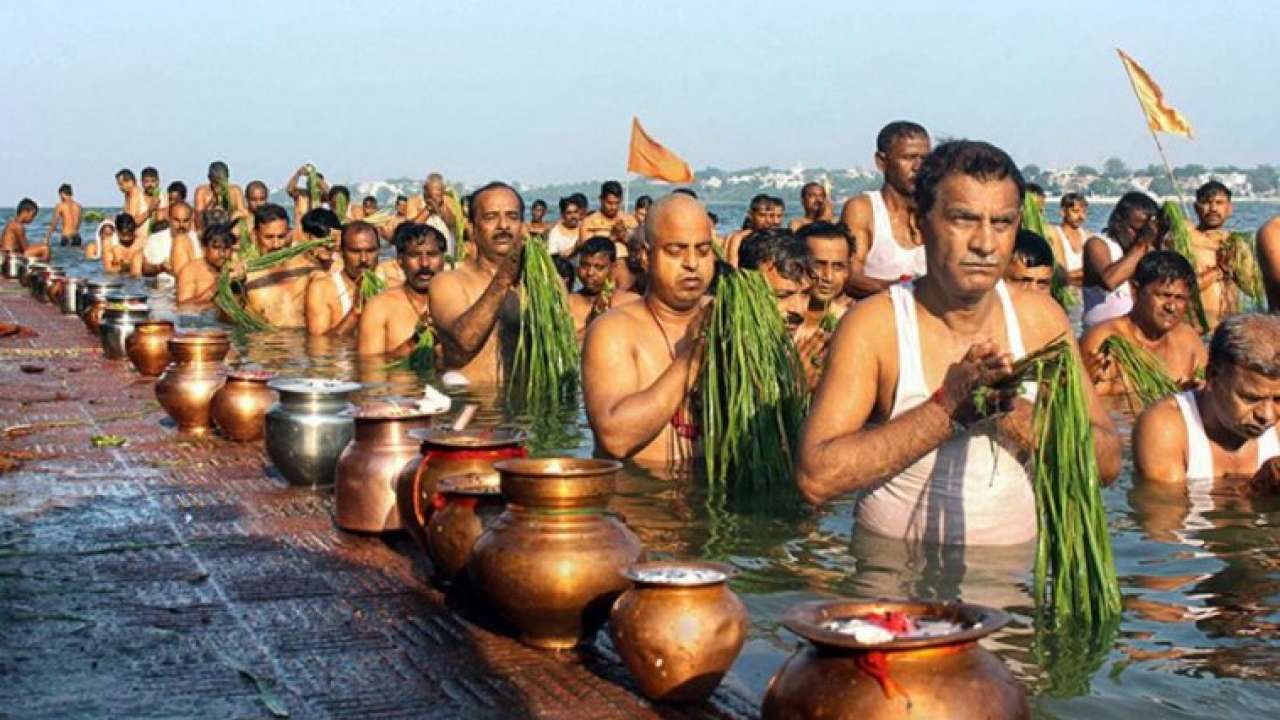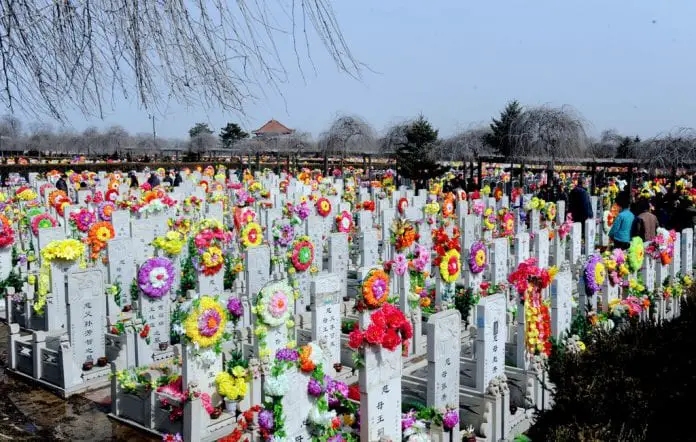The one thing all of us have in common, regardless of race, gender, religion, language or any other differentiating factor, is death. At some point, we all pass on, and know nothing more. It’s up to the ones left behind to decide what to do with the deceased, and also how to honour their memories after that. Rites, rituals and traditions differ from place to place, and here are 5 ways to honour the dead around the world.
1) Sky Burial
A sky burial sounds like what it exactly is: corpses left exposed to the elements to decompose, and then to be eaten by scavenging animals, usually vultures. As the spirit has left the body, there’s no need to preserve it, since it is now an empty vessel. There are specific locations for these rites to be carried out, and they are usually practiced in Tibet, Mongolia and Bhutan.

2) Famadihana
Also known as “turning of the bones”, Famadihana is practiced by the Malagasy people of Madagascar. During this ritual, the body of a loved one is removed from their graves, and rewrapped in silk shrouds. Their names may be rewritten on the shroud, and sprayed with perfume. Then, family members carry the body around the tomb with music and songs. This is practiced every seven years, as they believe that spirits of the dead can flit between worlds until the body is fully decomposed.

3) Chuseok
Chuseok is a practice in South Korea that is relatively simple. It’s actually a major holiday, celebrated to thank the ancestors for a good harvest. During Chuseok, loved ones pay respects to ancestors by visiting their homes and performing rituals. Similar to Qing Ming, loved ones may also visit and clean tombs of the deceased. It is also practiced in North Korea, but on a lesser scale.

4) Pitru Paksha
Also spelled as Pitri Paksha, this literally means “fortnight of the ancestors”. It is a 16-day lunar period where descendants pay homage to their ancestors, especially through food offerings. A specific death rite called Shraddha or Tarpan is performed, compulsorily by a son or male relative of the paternal branch of the family. This is to ensure that the soul of the ancestor will reach heaven. Generally considered as inauspicious due to its association with death, kings or heirs of the throne are not allowed to perform Shraddha.

5) Gaijatra/Gai Jatra
A light-hearted celebration, Gaijatra is an 8-day festival held in August/September in Nepal. Also known as Festival of the Cows, it commemorates the death of people during the previous year. It is known as such due to the procession of cows through the town centre, led by family members who have lost someone the previous year. In Hinduism, cows are sacred, and are therefore believed to help guide the recently deceased to the afterlife. For the living, this festival is meant to help them accept death and to ease the passing of a family member.
















